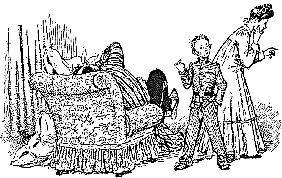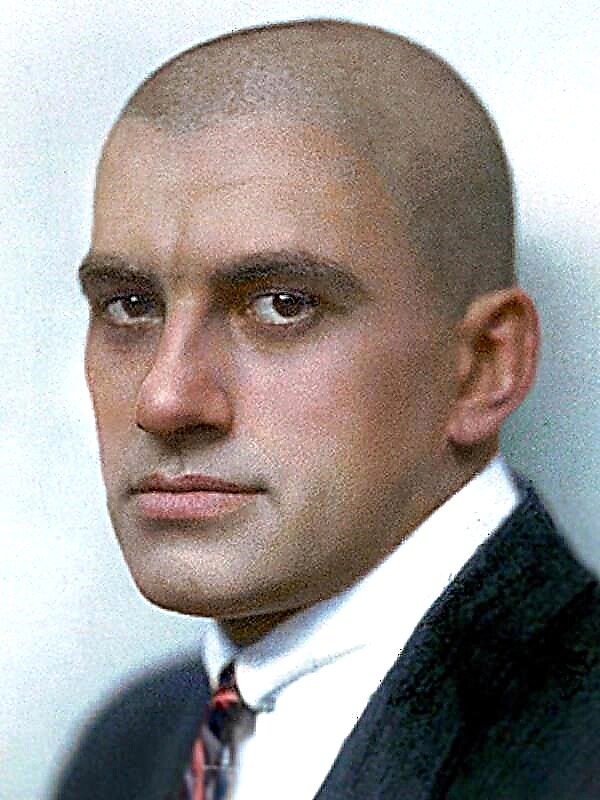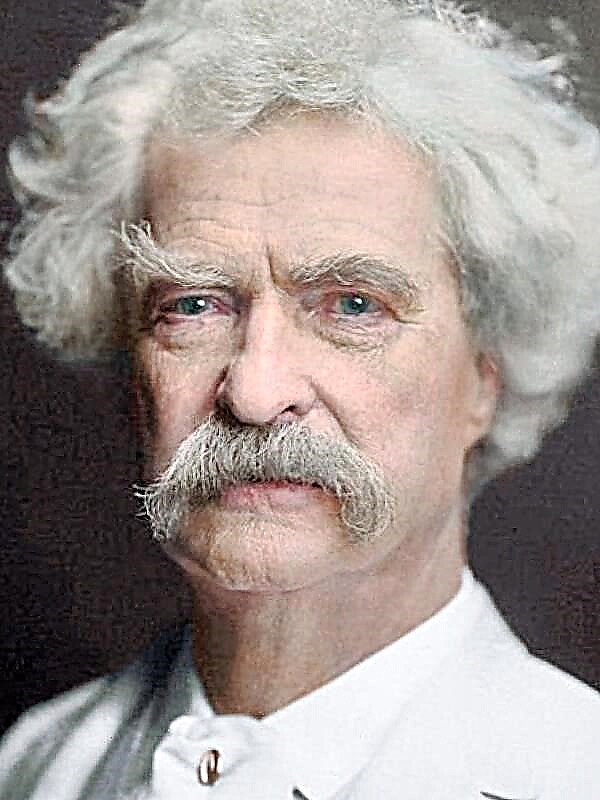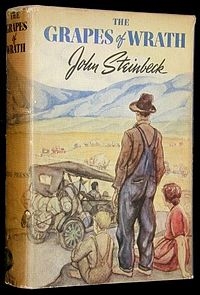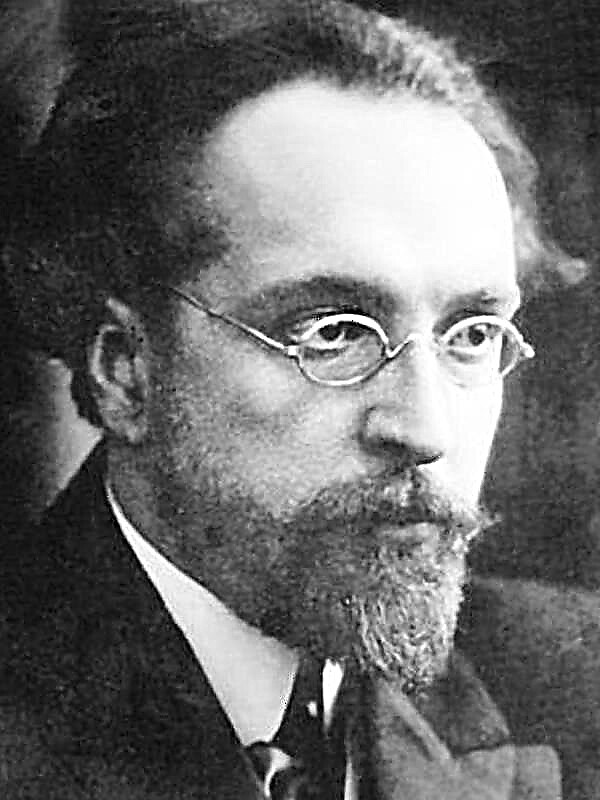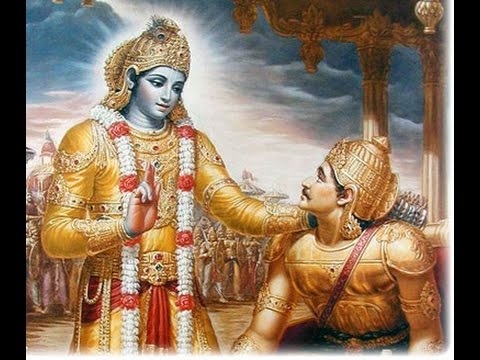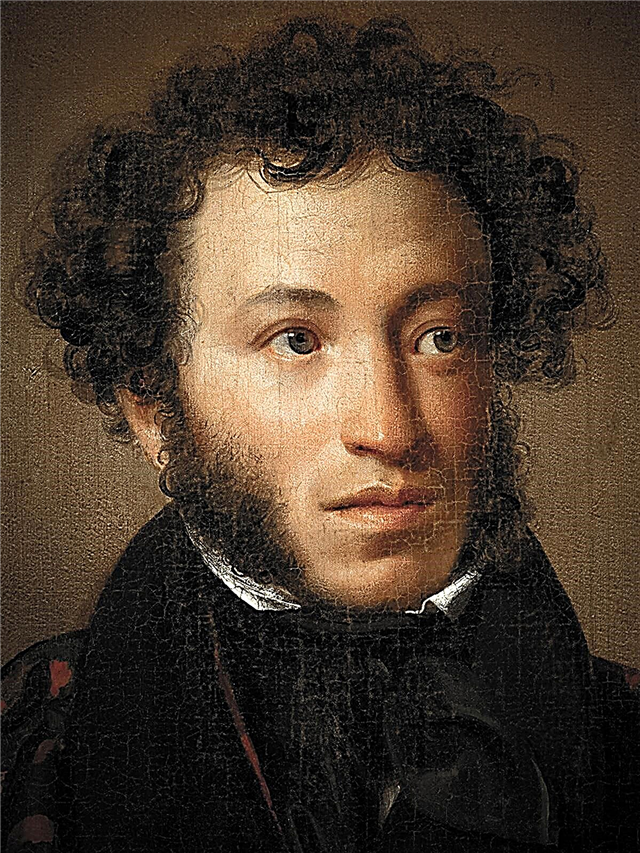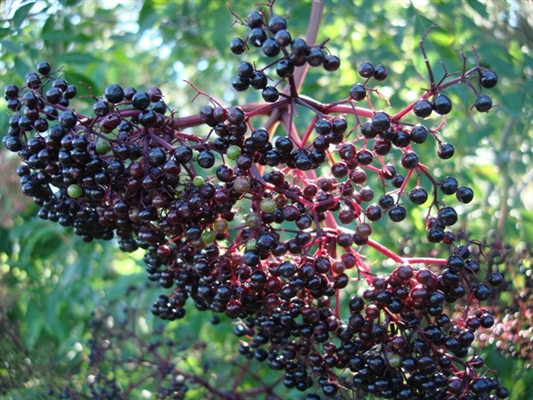Our domestic classic writer N.A. Nekrasov was very sympathetic to the simple Russian people, oppressed and crushed by a difficult life and slavish position, which was ensured by serfdom, the arbitrariness of power and bureaucracy.
According to Nekrasov, he, in the poem “To Whom It Is Good to Live in Russia”, decided to tell everything that he knew about the people, what he had heard and seen.
This work is about the difficult life of a simple people, it described the consequences of the reform carried out by Tsar Alexander II. The writer knew about how the liberation from serfdom took place; he was very empathetic to the people, realizing his deplorable state of affairs.
One of the central themes in the work of Nekrasov is the theme of the Russian woman, the heavy female share. He is the first of the writers who sang it in his work.
In many poems and poems, the author introduces readers to various female images: noble women, peasant women. They work alongside men and often even more, share all their hardships in life, they are not afraid of anything and can defend their family. Sometimes women even surpass men in strength of spirit, willpower and perseverance.
The poem "To whom to live well in Russia" is no exception. Nekrasov also includes various images of women: happy and unhappy. The life of both was difficult and not easy.
The seven main characters of the poem in the chapter "Peasant Woman" get acquainted with the fate of Matrena Korchagina, who, according to the people, was most happy. A description is given, from which it follows that the heroine is a persistent and / kind woman, hardworking and reasonable, and at the same time soft and honest.
The poem tells about the happy life of a woman in her native family and the difficult life in her husband's family. About the rejection of her husband’s relatives, about Matryona’s problems with her mother-in-law, about the tragic death of her son, whom the grandfather did not follow. The child was opened in the presence of the mother.
The incident with the son who gave the she-wolf a sheep is mentioned, for which the family paid. The husband was taken into the army, but thanks to the persistence and independence of his wife, the governor returns him back. The husband worked nearby, their children did not starve, however, such a life cannot be called happy. The surviving upheavals left their mark in the psyche and perception of Korchagina.
Nekrasov, painting a portrait of Matryona, says she is about 38 years old. She is still body-fed, strong, attractive, she has “richest eyelashes”, but her hair is already gray with gray.
The work also speaks of modest beauties. In the chapter “Village Fair” and in the chapter “Drunken Night” the characters have a difficult fate - Baba Bezymyannaya was persecuted and beaten by her son-in-law, her husband did not let Molodushka go anywhere, and Daria lost a lot of weight from overwork.
Women have too many responsibilities, this is a heavy burden, but they bear it with dignity, without complaining, coping with numerous affairs, problems, adversities. From such a life, women quickly turn gray, often get sick and die early.
We can say that women in the works of Nekrasov are an example and ideal of morality. And in the poem, he highlighted all the hardships and hardships that the representatives of the fair half had to struggle with at that distant time in Russia.

